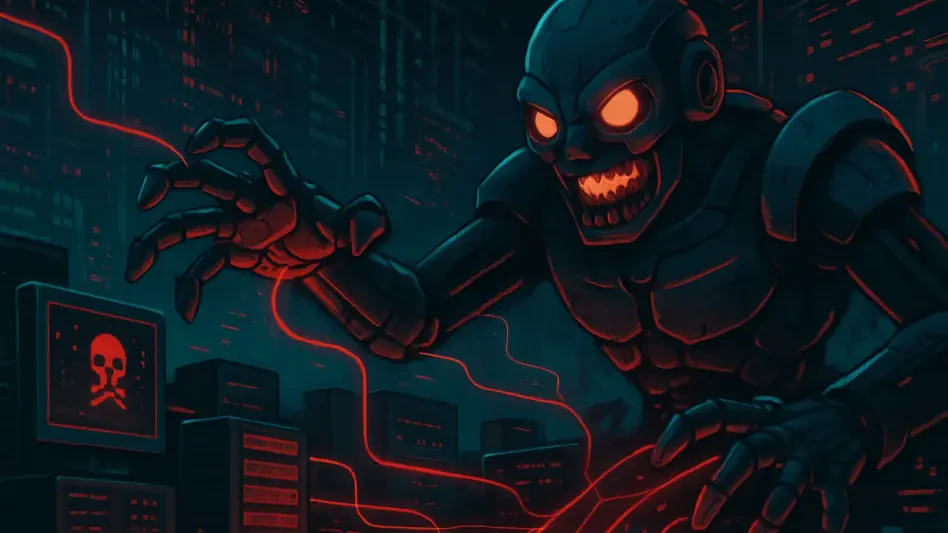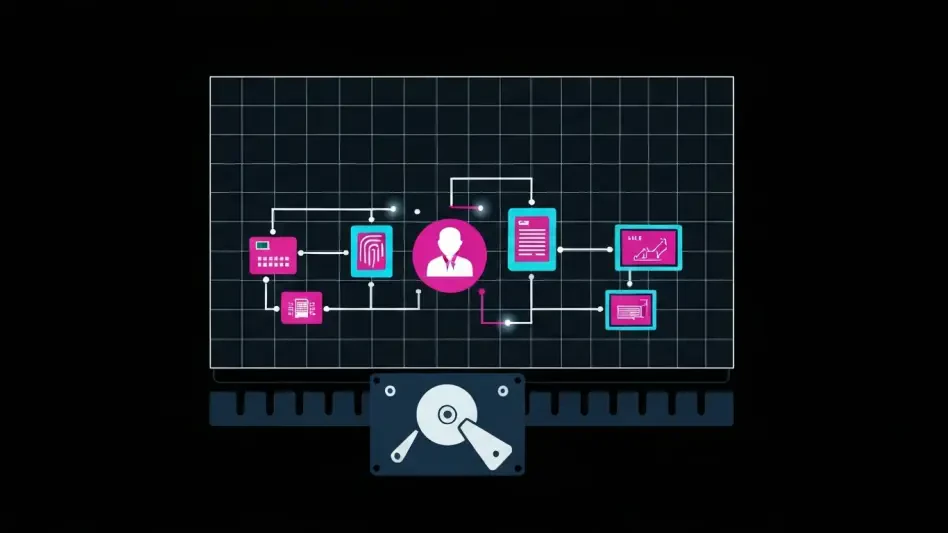What happens when a single individual can bring down government systems, social media giants, and tech companies with just a few clicks? In Oregon, a 22-year-old named Ethan Foltz has been charged with orchestrating one of the most devastating cybercrime operations in recent history, using a malicious network known as the Rapper Bot botnet. This destructive force has unleashed chaos across more than 80 countries, disrupting critical infrastructure and costing millions in damages. This case isn’t just about one man—it’s a stark reminder of the digital vulnerabilities that surround everyone in today’s hyper-connected world.
The significance of this story lies in its exposure of a growing cyber threat: Distributed Denial of Service (DDoS) attacks. These assaults, powered by botnets like Rapper Bot, can paralyze essential services, from government networks to popular online platforms, affecting millions of users and businesses. With Foltz facing up to 10 years in prison if convicted, the case underscores the urgent need for stronger cybersecurity measures and international collaboration to combat such sophisticated crimes. It’s a battle that impacts not just tech experts, but anyone who relies on the internet for daily life.
Unmasking the Mastermind: Who Is Ethan Foltz?
At the heart of this digital storm stands Ethan Foltz, a young man from Oregon accused of running the Rapper Bot botnet. Federal authorities allege that Foltz, at just 22 years old, built and managed a network responsible for over 370,000 cyberattacks targeting 18,000 unique victims worldwide. His operation wasn’t a small-time hack—it spanned 80 countries, hitting high-profile targets like a U.S. government network and major social media platforms.
The scale of Foltz’s alleged actions has stunned cybersecurity experts. How could someone so young wield such destructive power? Investigators claim he offered his botnet as a “DDoS-for-hire” service, allowing clients to rent his army of infected devices to flood servers with traffic, rendering them unusable. This case paints a chilling picture of how accessible and profitable cybercrime has become, even for individuals with limited resources but dangerous skills.
The Rapper Bot Threat: Why DDoS Attacks Are a Global Crisis
DDoS attacks are no longer just a nuisance—they’re a full-blown crisis threatening the backbone of modern society. The Rapper Bot botnet, under Foltz’s alleged control, exemplifies this danger by targeting everything from government systems to tech companies. Such attacks overload servers with massive amounts of traffic, disrupting services and leaving businesses and users stranded, often with severe financial consequences.
The broader implications are alarming. When critical infrastructure like government networks gets hit, it’s not just about downtime—it’s about national security risks. A single attack can cost victims between $500 and $10,000 for a mere 30 seconds of disruption, factoring in lost revenue, customer frustration, and emergency response efforts. As reliance on digital platforms grows, the potential for chaos from botnets like Rapper Bot becomes a pressing concern for governments and corporations alike.
Decoding the Beast: How Rapper Bot Wreaks Havoc
Diving into the mechanics of Rapper Bot reveals a terrifying level of sophistication. This botnet harnessed between 65,000 and 95,000 infected devices—everyday items like Wi-Fi routers and DVRs—turning them into a digital army. With attack speeds averaging two to three terabits per second (Tbps) and peaking over six Tbps, it could overwhelm even the most fortified servers with ease.
The malware behind Rapper Bot was designed to exploit vulnerabilities in connected devices, enslaving them to carry out relentless traffic floods. Since early 2025, authorities have linked it to hundreds of thousands of attacks, impacting a staggering range of victims. Beyond mere disruption, some clients allegedly used these attacks for extortion, demanding payments to halt the digital assault, adding a sinister layer of financial coercion to the damage.
Fighting Back: Law Enforcement and Industry Unite
The response to Rapper Bot has been a powerful show of unity between law enforcement and private industry. U.S. Attorney Michael J. Heyman for the District of Alaska hailed the botnet’s disruption as a major victory, crediting the joint efforts of federal prosecutors, the Defense Criminal Investigative Service (DCIS), and tech sector partners. Their collaboration dismantled a threat that reached far beyond U.S. borders, proving that teamwork can counter even the most complex cybercrimes.
Special Agent in Charge Kenneth DeChellis of the Department of Defense Office of Inspector General emphasized a relentless commitment to tackling cyber threats, particularly those aimed at the Department of Defense and defense industries. “These attacks undermine our security and must be stopped,” he stated, reflecting the urgency felt by officials. With Foltz now facing serious charges, this case sends a clear message: cybercriminals will be held accountable, no matter the scale of their operations.
Securing the Future: Steps to Shield Against Cyber Threats
The havoc caused by Rapper Bot offers critical lessons for safeguarding the digital landscape. Individuals can start by securing their devices—updating firmware on routers and other connected gadgets and using strong, unique passwords to block unauthorized access. These simple steps close gaps that botnets often exploit, reducing the risk of becoming an unwitting part of a malicious network.
For businesses and governments, the stakes demand more robust defenses. Investing in DDoS mitigation tools can help detect and deflect traffic floods before they cause irreparable harm. Staying informed through alerts from agencies like the Cybersecurity and Infrastructure Security Agency (CISA) is also vital. Supporting public-private partnerships, as demonstrated in this takedown, enhances threat intelligence sharing, ensuring a collective shield against evolving cyber dangers.
Looking back, the case of Ethan Foltz and the Rapper Bot botnet served as a harsh wake-up call about the destructive potential of cybercrime. It exposed how a single individual could orchestrate global disruption, costing victims millions and threatening national security. Yet, the unified response from authorities and industry partners showed that such threats could be countered with determination and collaboration. Moving forward, the focus must shift to proactive measures—strengthening cybersecurity frameworks, educating the public on digital safety, and fostering international cooperation to stay ahead of cybercriminals. The digital frontier remains vulnerable, but with sustained effort, it can be protected for generations to come.








